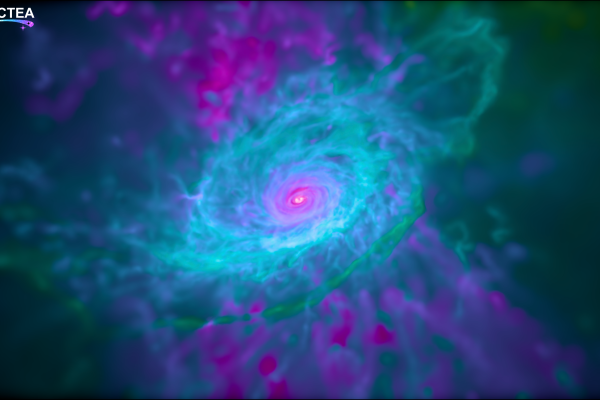The LHCb collaboration, in which ICCUB members actively participate, submitted today a paper reporting the discovery of two new particles. The particles, known as the Ξb'- and Ξb*-, were predicted to exist by the quark model but had never been seen before.
The new particles are baryons made from three quarks bound together by the strong force. The types of quarks are different, however: the new Ξb particles both contain one beauty (b), one strange (s), and one down (d) quark. Thanks to the heavyweight b quarks, they are more than six times as massive as the proton. But the particles are more than just the sum of their parts: their mass also depends on how they are configured. Each of the quarks has an attribute called "spin". In the Ξb'- state, the spins of the two lighter quarks point in the opposite direction to the b quark, whereas in the Ξb*- state they are aligned. This difference makes the Ξb*- a little heavier.
The two new particles are observed through their decay into the ground state Ξb0 and a π-
By observing these particles and measuring their properties with such accuracy, LHCb physicists make a stringent test of models of nonperturbative Quantum Chromodynamics (QCD). Theorists will be able to use these measurements as an anchor-point for future predictions.
More information can be found in the article published in La Vanguardia:
http://www.lavanguardia.com/ciencia/20141119/54420018349/cern-descubre-dos-nuevas-particulas-nunca-vistas.htmlhttp://www.lavanguardia.com/ciencia/20141119/54420018349/cern-descubre-dos-nuevas-particulas-nunca-vistas.html


